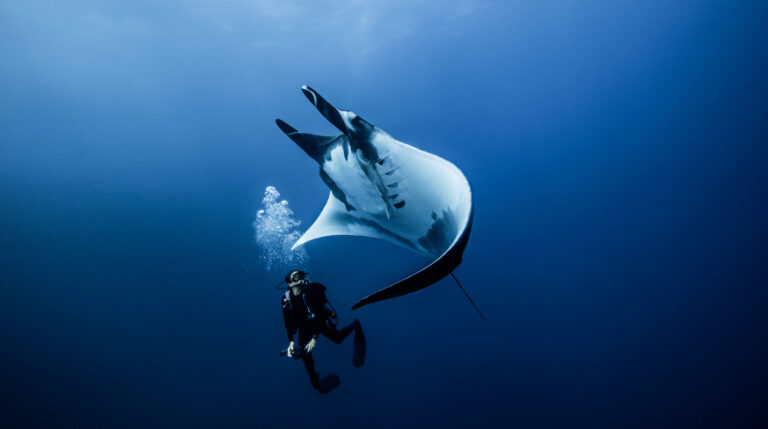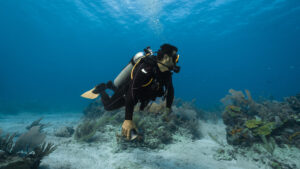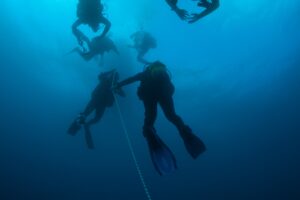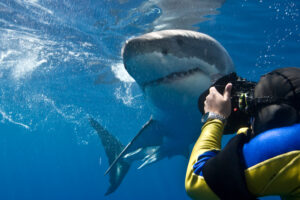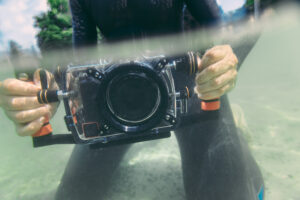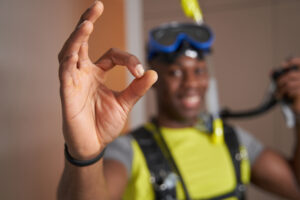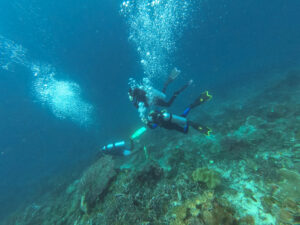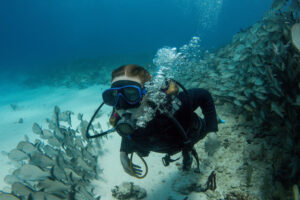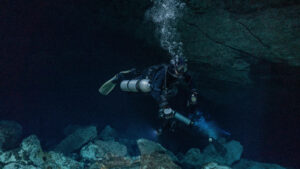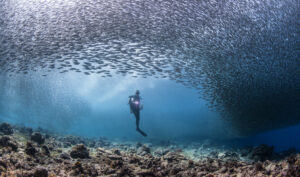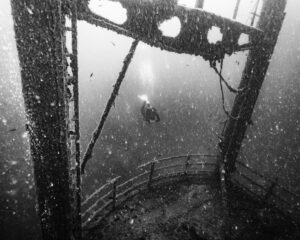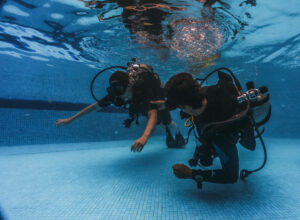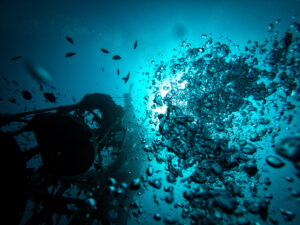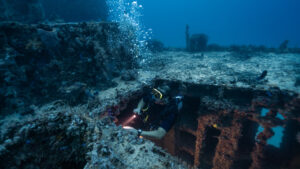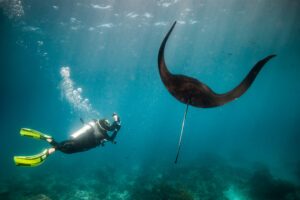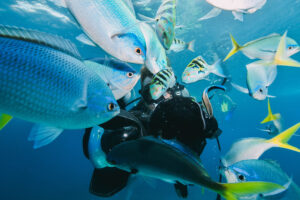What is Supplied Air Snorkeling for Youth (SASY)?
Supplied Air Snorkeling for Youth (SASY) is a specialized diving system developed to introduce the fascinating world of underwater exploration to young individuals. It bridges the gap between snorkeling and scuba diving, offering a safe and controlled environment for children to explore and learn about the underwater world without diving too deep. The SASY system consists of a Buoyancy Control Device (BCD) paired with a small compressed air cylinder and a regulator, functioning similarly to a traditional scuba system but with features that restrict the user from descending beneath the surface.
Design and Functionality
The SASY system combines elements of snorkeling and scuba diving, adopting the principles of both to create a safe and user-friendly platform for young explorers. Its design is centered around a BCD-like Personal Flotation Device (PFD), which is equipped with a small, lightweight compressed air cylinder and a regulator.
Much like a traditional BCD used in scuba diving, the SASY’s PFD allows for adjustments in buoyancy. However, in the SASY system, the PFD is permanently buoyant, preventing the wearer from descending below the water’s surface. This inherent buoyancy provides a measure of safety by keeping the snorkeler on the surface, where they can breathe comfortably and are within easy reach of supervision.
The compressed air cylinder, while smaller than standard scuba tanks, provides an adequate supply of air for surface snorkeling. It is typically mounted on the back of the PFD, mimicking the setup of a scuba rig, which familiarizes the child with the gear arrangement used in scuba diving.
The regulator, attached to the cylinder via a high-pressure hose, is the component that delivers air from the cylinder to the snorkeler. The user breathes through the regulator’s mouthpiece, which is similar to a scuba diving regulator, offering a seamless transition to full scuba diving equipment when the child is ready.
Safety Features
One of the primary concerns of the SASY system is ensuring the utmost safety for its young users. The inherent buoyancy of the PFD, as mentioned earlier, is one such safety feature. This design choice not only inhibits the child from diving beneath the water’s surface but also ensures that they remain afloat even in the event of exhaustion or panic.
The SASY equipment is also equipped with a pressure gauge, similar to those found on scuba diving equipment. This allows both the young snorkeler and their supervisor to monitor the air supply, ensuring that the air does not run out unexpectedly.
Furthermore, because the SASY system uses compressed air, like in scuba diving, it offers the advantage of training the child on how to breathe from a regulator while eliminating the risks associated with underwater diving. This system enables the child to familiarize themselves with essential diving skills while staying within a safe and controlled environment.
Educational Value
Beyond its recreational appeal, the SASY system also offers significant educational value. It provides a hands-on introduction to the principles of scuba diving, including the use of compressed air for breathing, buoyancy control, and equipment handling.
Furthermore, it serves as an exciting platform for children to learn about marine life and the importance of preserving our underwater ecosystems. By engaging children at a young age, the SASY system can foster an early appreciation for the environment, which could potentially influence them to become responsible divers and stewards of the ocean in the future.
Key Takeaways
In summary, the Supplied Air Snorkeling for Youth (SASY) system is a bridge between snorkeling and scuba diving, designed with the safety and education of young, aspiring divers in mind. By combining the principles of these two activities, the SASY system offers a unique, safe, and educational platform for children to explore the wonders of the underwater world while preparing them for future scuba diving adventures.

